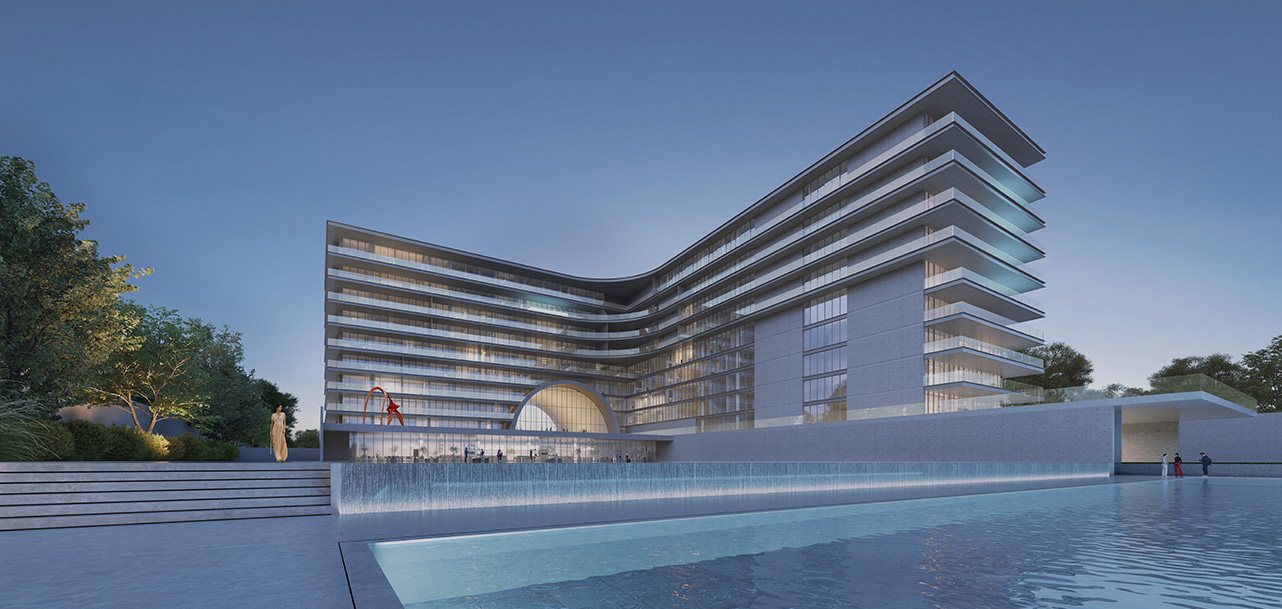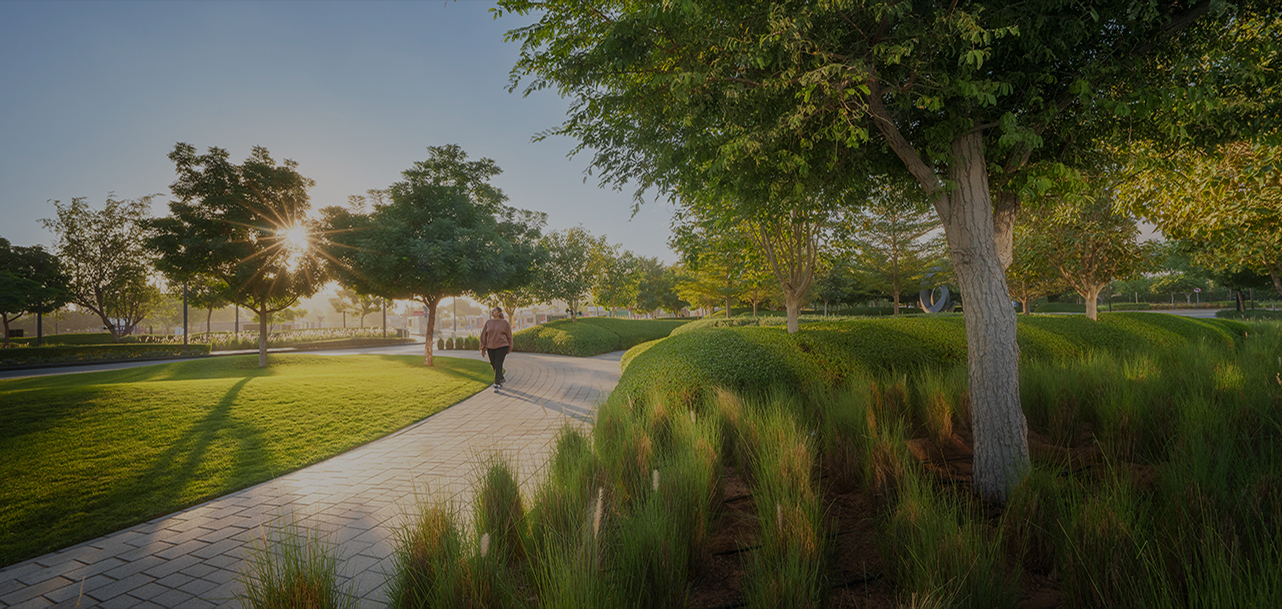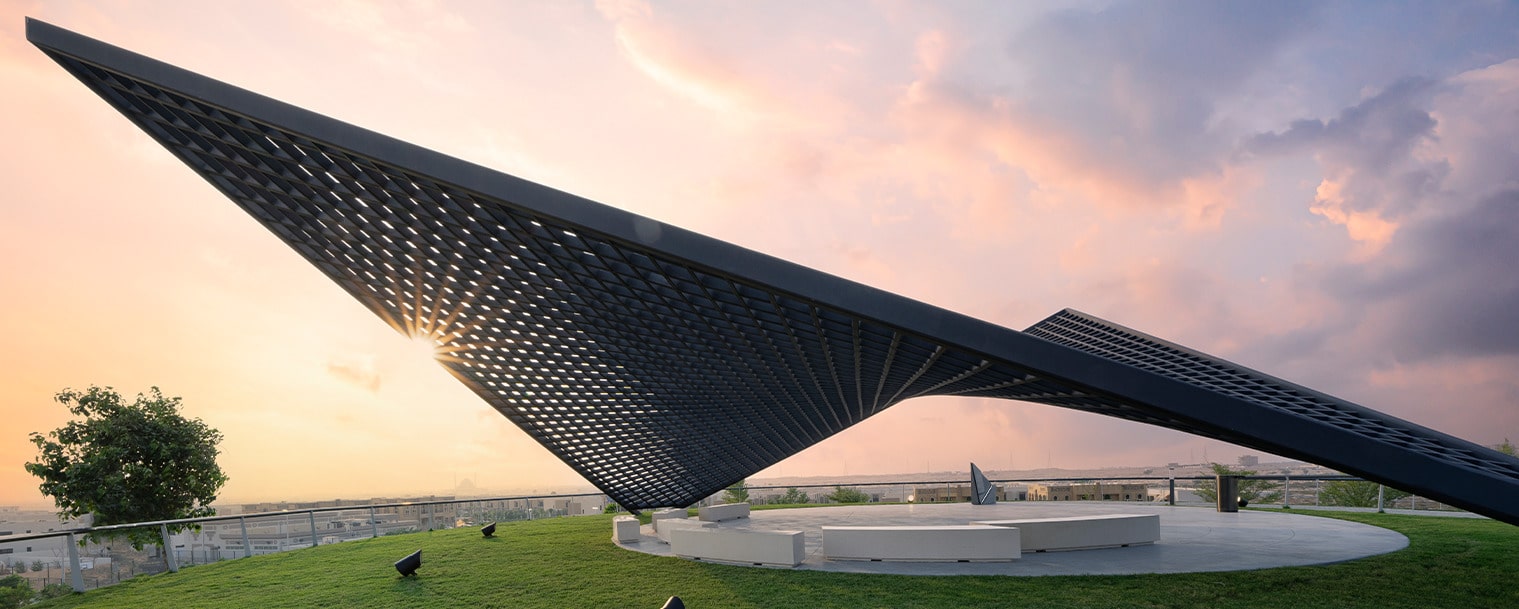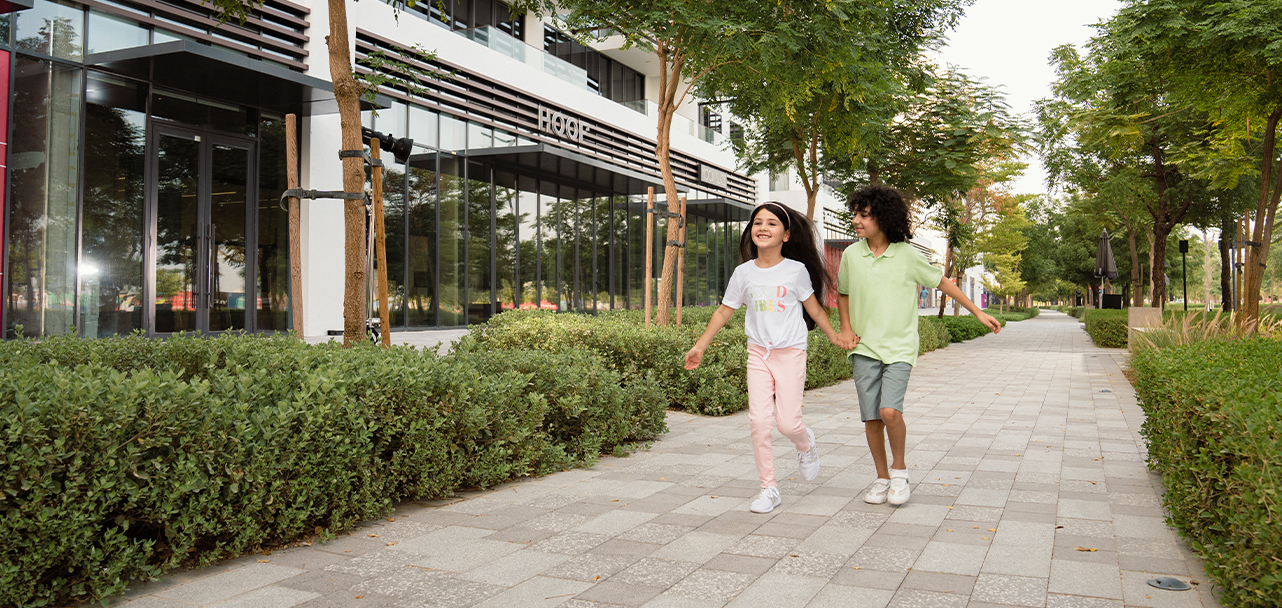Sharjah’s hidden places
Sharjah : 28 November 2019
Think you know Sharjah? There is a wealth of places around the Emirate that even the most seasoned Sharjawi may not know about. We’ve rounded up six spots that will help you enjoy a day out with family or friends.
Jebel Buhais
Jutting out from the desert midway between the towns of Maliha and Madam, Jebel Buhais is a limestone outcrop that rises over 300 metres above sea level. The jebel and the area surrounding its base are filled with a number of tombs that date back to the Stone Age, the Bronze Age and the Iron Age, with the remains of 600 individuals already discovered by archaeologists. The centerpiece of the site is partly restored necropolis situated about halfway up the jebel’s south-eastern edge. A geological museum at Jebel Buhais is currently being built by Sharjah’s Environment and Protected Areas Authority, which will consist of a visitor centre and geological trail.
The souqs of Dibba Al Hisn
The east coast town of Dibba is split three ways, and is part-owned by Oman, Fujairah and Sharjah. The middle section, called Dibba Al Hisn, is owned by Sharjah and includes public parks and a lengthy corniche with beaches facing out to the Arabian Sea. Despite its small size, Dibba Al Hisn also plays host to three souqs. Located just behind Rashid bin Ahmed Al Qasimi Mosque, the tiny seafood souq includes no more than 20 counters, where local fishermen display fresh catch twice a day. Located adjacent to the seafood souq is the fruit and vegetable market. A short walk away, tucked behind Al Hisn Fortress, is the town’s covered market, where a number of traders sell a mixture of souvenirs, toys and clothes.
Al Ghail Fort
Located on a small hill just outside the seaside town of Kalba, Al Ghail Fort is just one of the huge number of small fortified outposts that dot the eastern coast of the UAE. It is, however, one of the best restored, consisting of a round watch tower surrounded by a rectangular enclosure, and was designed to protect the town and nearby trading routes from bandits. Today, the fort stands as the centerpiece of the Kalba Birds of Prey Centre, an educational experience that was opened in 2014 to introduce visitors to species such the greater spotted eagle and the lappet faced vulture.
Wadi Al Helo
Wadi Al Helo (the name means ‘sweet wadi’) is a welcome valley of lush greenery on the Sharjah-Kalba highway, close to the road’s highest point through the Hajar mountains. That greenery is due to free-flowing underground water, which is why the little town that bears the wadi’s name managed to attract residents despite its lofty and remote location. Of particular interest is the Wadi Al Helo Archaelogical site and a restored Islamic watchtower that sits on a small hill nearby. However, the area is best-known for its beautiful and abundant nature. There are plenty of birds, reptiles and even gazelle nearby, while walkers can follow the path of the wadi uphill for fantastic views.
Nahwa
Nahwa is typical of the kind of small mountain village you might find anywhere in the UAE or Oman, except for one thing: it is the only counter-enclave anywhere in the Middle East. A counter-enclave is a small piece of one country, surrounded completely by the territory of another country, which is in turn surrounded completely by the territory of the first country. Nahwa is surrounded by the Omani enclave of Madha, itself surrounded by land belonging to Sharjah, and was formed about 70 ago, after tribal elders were consulted during a meeting in Madha about which ruler they wished to follow. Today, a visit to both Nahwa and Madha can be combined with a trip to nearby Wadi Shis, a fertile spot in the mountains that has recently been opened up to more outside visitors via the completion of the new Sharjah-Khorfakkan highway.
Shark Island
You’ll need to hire a boat or use the services of a reputable touring company to get to Shark Island (Sirat Al Khawr), but once you’re there you can either relax on the pristine beach, or go snorkeling among the local reefs. Located just behind Khorfakkan’s container port, Shark Island is no more than half a kilometre long and 300 metres wide. Despite the name, there is no record of any shark attacks in this area, although there are plenty of small fish and sea turtles in the area, as well as large anemone and coral gardens to the east and south, all of which combine to offer a great diving experience.







